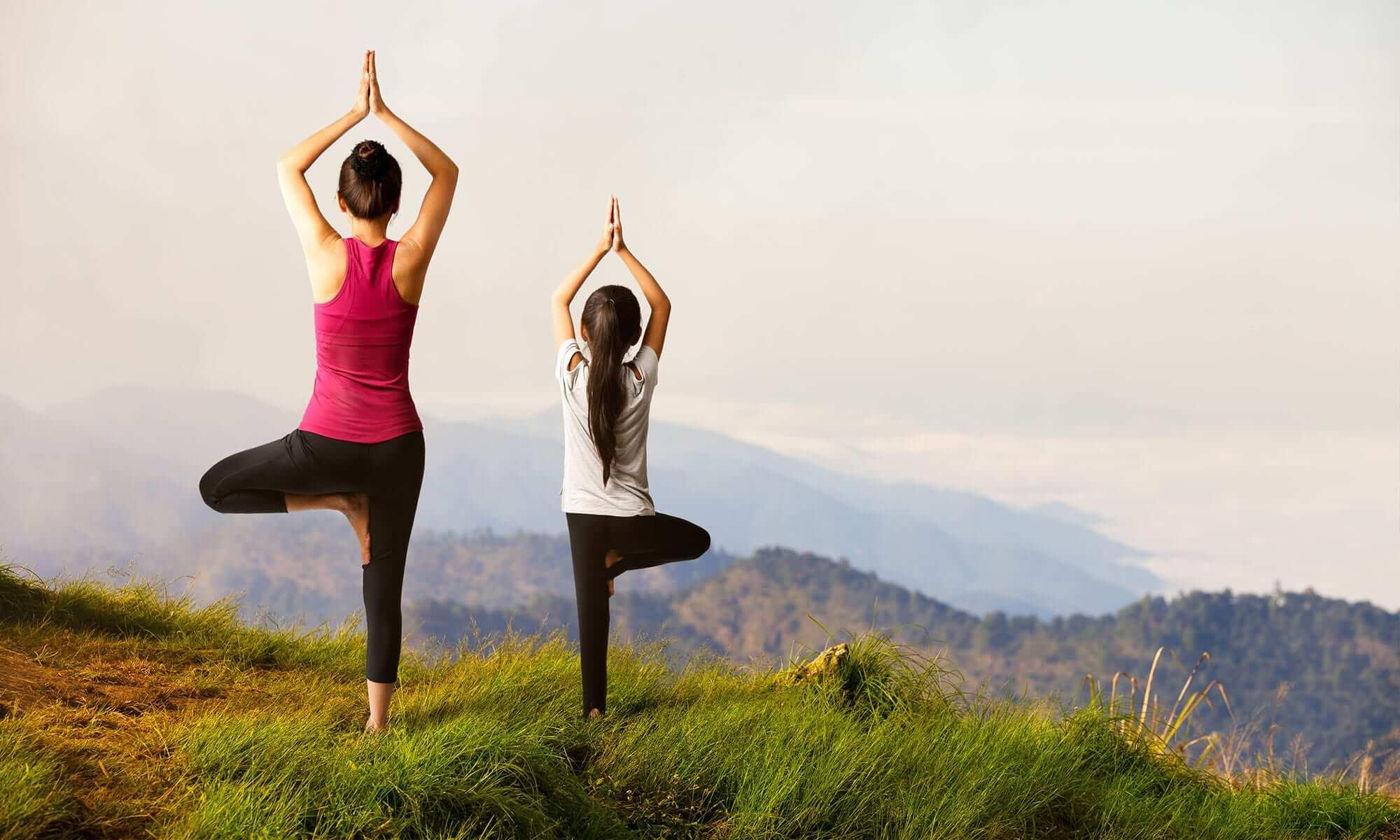Katichakrasana, commonly known as the Standing Spinal Twist, is a simple yet deeply effective yoga posture that improves spinal flexibility, strengthens the waist, and releases tension from the upper body. The beauty of this asana lies in its accessibility—anyone from beginners to advanced practitioners can perform it without requiring special equipment. Because of its gentle twisting motion and ability to energize the body quickly, Katichakrasana is often included in warm-up sequences, morning routines, and stress-relief practices.
This blog focuses entirely on the Katichakrasana procedure, along with alignment tips, breathing techniques, benefits, precautions, and practice guidelines.
What is Katichakrasana?
The word originates from Sanskrit:
-
Kati – waist
-
Chakra – wheel or rotation
-
Asana – posture
Together, the name means “the posture of rotating the waist.”
The twisting action of this pose helps mobilize the spine and stimulates the abdominal organs, making it excellent for improving overall body flexibility and core activation.
Katichakrasana Procedure: Step-by-Step Guide
1. Starting Position
Stand upright with your feet shoulder-width apart. Keep your spine tall, shoulders soft, and chin parallel to the floor. Allow your arms to rest naturally by your sides.
2. Prepare for Movement
Inhale deeply. Maintain a steady posture, keeping your weight evenly distributed on both feet. Engage your thighs slightly for stability.
3. Raise the Arms
Extend both arms straight in front of you at shoulder level. Keep them parallel to the floor. The palms may face downward or toward each other. Ensure your elbows are straight but not stiff.
4. Begin the Twist to the Right
Exhale and gently rotate your torso to the right.
Let your right arm sweep backward while the left arm moves forward.
Allow the hips to stay stable while the twist happens mainly in the spine and waist.
5. Turn the Head
Rotate your neck and look behind your right shoulder. This deepens the stretch across the spine and shoulders.
6. Hold Briefly
Pause for a second or two. Keep breathing gently. Avoid forcing the twist—stay within your comfortable range of motion.
7. Return to Center
Inhale and return to the center position with both arms extended in front.
8. Twist to the Left
Exhale again and repeat the same movement to the left side.
The left arm goes backward, the right arm moves forward, and your gaze shifts behind the left shoulder.
9. Complete the Rounds
Repeat the twisting motion alternately for 8–10 rounds on each side. Move rhythmically with your breath, keeping your posture upright and relaxed.
Breathing Pattern During the Procedure
Breathing plays a vital role in performing Katichakrasana effectively:
-
Inhale as you prepare or return to the center.
-
Exhale as you twist to either side.
-
Maintain smooth, natural breathing throughout.
-
Avoid holding your breath at any point.
Proper breathing enhances spinal mobility, increases oxygen flow, and helps reduce mental stress.
Alignment and Technique Tips
To make your practice safer and more effective, keep these points in mind:
-
Keep your knees relaxed and avoid locking them.
-
Maintain a straight spine throughout the movement.
-
Avoid leaning forward or backward while twisting.
-
Twist gently from the waist without jerking the body.
-
Keep your shoulders relaxed and down.
-
Ensure your feet remain firmly grounded and stable.
These alignment cues help you perform the asana with maximum benefit and minimum strain.
Benefits of Following the Correct Katichakrasana Procedure
Practicing the asana with the right technique offers multiple physical and mental benefits:
1. Improves Spinal Flexibility
The controlled twisting increases mobility in the thoracic and lumbar regions of the spine.
2. Strengthens the Waist and Core
With regular practice, the waist muscles become stronger and more toned.
3. Enhances Digestion
The twisting motion massages the abdominal organs, supporting improved digestion and detoxification.
4. Reduces Shoulder and Back Stiffness
It helps release tension from the upper and lower back, especially beneficial for people with sedentary lifestyles.
5. Boosts Blood Circulation
The rhythmic movement improves circulation around the spine and abdominal region.
6. Calms the Mind
Coordinating breath with movement helps reduce stress and mental fatigue.
Precautions and Contraindications
Although Katichakrasana is a beginner-friendly pose, some individuals should take precautions:
-
Avoid if you have severe back pain or spinal injuries.
-
People with a herniated disc should practice only under expert guidance.
-
If you have undergone abdominal or spinal surgery recently, skip this pose.
-
Pregnant women should avoid deep twisting movements and choose modified versions.
Always enter and exit the twist gently to prevent strain.
Best Time to Practice
Katichakrasana can be practiced:
-
As part of your morning routine to warm up the body
-
During mid-day breaks to relieve stiffness
-
Before deeper yoga poses
-
As a cool-down practice to relax the spine
Practicing it regularly for even 5–10 minutes can bring noticeable improvements in flexibility and posture.
Conclusion
Understanding and following the correct procedure of Katichakrasana allows you to experience the full benefits of this simple yet powerful standing twist. With its ability to improve spinal mobility, strengthen the waist, enhance digestion, and calm the mind, this asana is an excellent addition to any yoga practice. By performing it mindfully and with proper alignment, you can cultivate better body awareness and maintain long-term spinal health.

